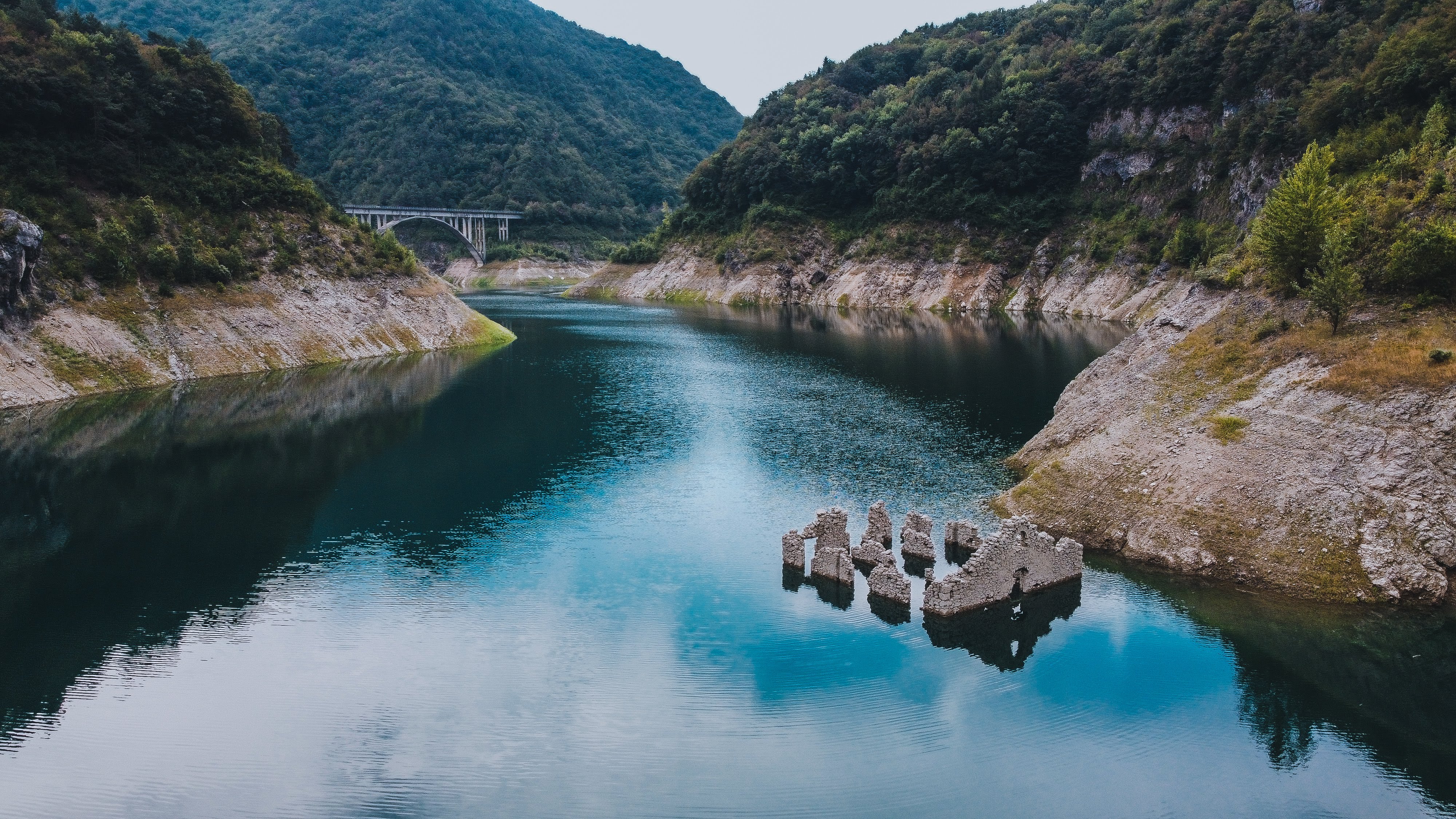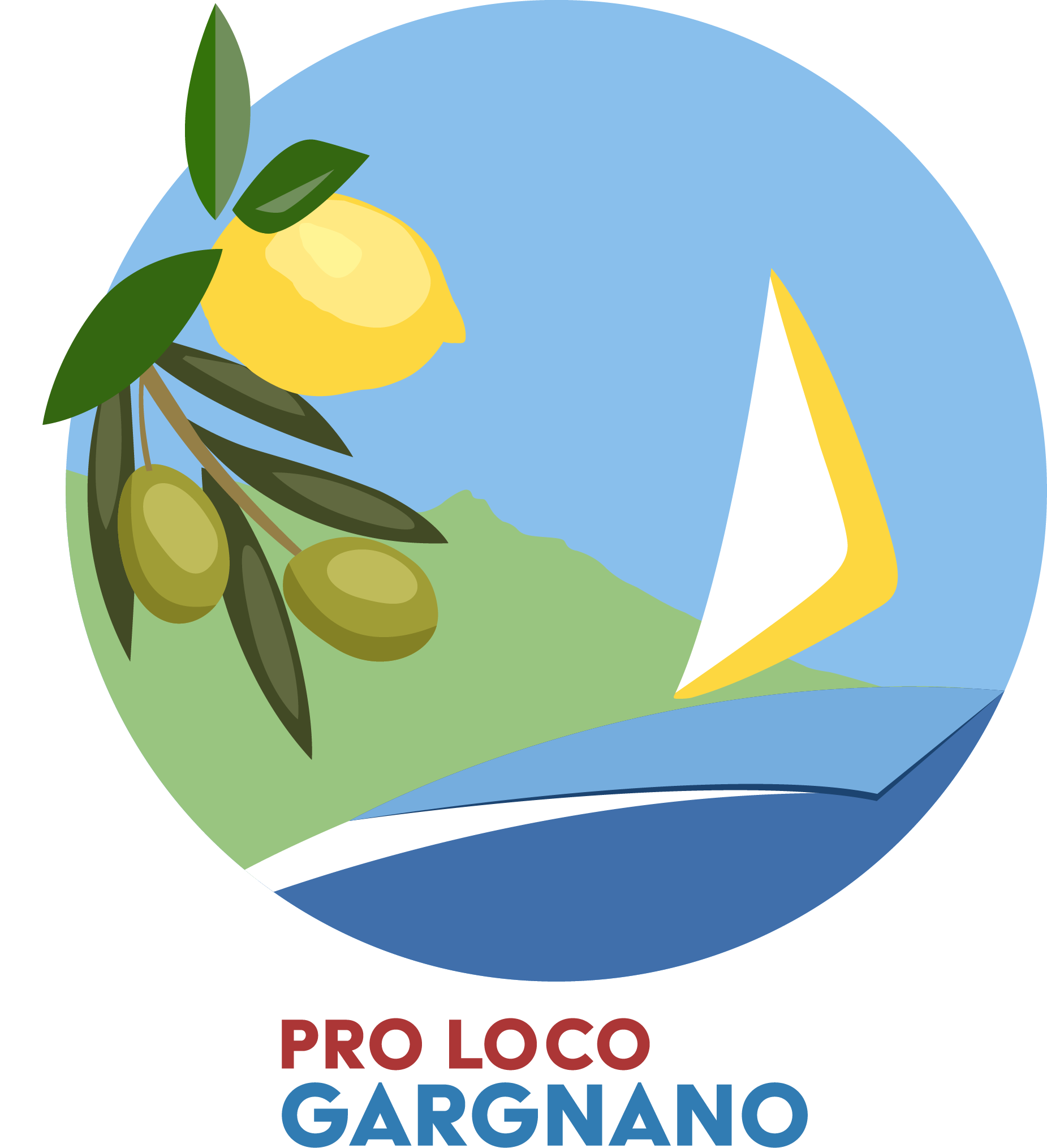The dam and the Valvestino lake

Valvestino. You know how you feel when, at a certain point in your life, you suddenly find yourself grown up, somehow transformed and returning to a once much visited place - a place where you had cut your teeth - and find it has also changed, leaving you numb with the doubt whether you have ever seen that place before, if not in the arms of Morpheus? Here, at Valvestino, that spatial and temporal discomfort hits me every time I return to stare at it. On the one hand, the lake pulls at me like the pre-lunchtime burning desire I have for an omelette sandwich (and when it comes to omelette sandwiches I really do feel hunger lust); on the other, I am afraid to find that I cannot recognize it, which must be a bit like the way a man feels when he sees his companion without makeup for the first time.
These are my thoughts when I sit back in the driver's seat, headed for Valvestino: 'Oh my God, what if it's not as good as I remember it? What if it's drastically changed?' Those fears are interspersed with the simultaneously nagging questions: 'Are we there yet? Have we arrived?' The back-and-fourth questions underline the patience in my pondering, an aspect that has always defined me.
Clearly, my pressing concerns come to pass and the true state of the lake surpasses all my expectations.
Indeed, now that I think about it, I think the road wasn't SO scenic the last time I traveled it, around thirty years ago, in the back seat of my uncle Umberto's white Opel Corsa.
When Lake Garda fills your eyes, it is easy to get lost in its coils and remain prisoner to its beauty. But, if you are able to escape its grasp for even just a few hours and explore its surrounding areas, leaving the boundaries depicted up to the edges of the best postcards and going beyond them, the only risk you run into is to find equally enchanting places. So let's turn our backs on Monte Baldo, which won't be so offended, and take the road from Gargnano that ascends towards Navazzo and then further up, halfway between Lakes Garda and Idro, towards Valvestino. Valvestino, let's face it, knows a lot about scenography: with its steep banks it pretends to be a Norwegian fjord. I suppose it does so to differentiate itself from Garda because it is futile to compete with that much more famous neighbor. The artificial lake, created in the Sixties following the building of a mammoth dam, originally belonged to the Austro-Hungarian Empire (the annexation of Italy took place in 1916 and it wasn't until 1934 that Valvestino was considered to fall within the territory of Brescia).
From the depths of the lake its historical traces emerge: now that the water in its basin has been lowered for maintenance work on the dam (as well as every time the lake dries up) the remains of the old Lignago customs house is visible. The building evidences the lake's Austro-Hungarian roots and is so microscopic that it doesn't actually exist on maps. The very idea of which is, in itself, intriguing). It was the obligatory passage for the transport of goods and vegetal charcoal to and from the lake. Are you starting to hear the faint patter of the smugglers who tried to circumvent the customs house at night, navigating through the woods and trying to avoid crevasses and cliffs?
Undoubtedly less crowded than other lakes nearby, Valvestino offers a wilder and more unspoiled view of the mountains included in the Alto Garda Bresciano reserve. Here, nature blends with human intervention: the bridges seem to have been created to enable a better admiring of the valley from various perspectives rather than merely to open a passage through it. And what if the anthropic intervention actually added value to the valley instead of ruin it? The human hand here created an oasis of emerald waters, dense woods and canyons that resemble other, more exotic places. After all, a gigantic project like a dam and its basin of over fifty million cubic meters of water, the penstocks that run up to the San Giacomo power station in Gargnano and the bridges that overlook the lake, have their charm. Visitors with wanderlust shouldn't miss the trip, especially as it is so easy to get there.
From the blog, 'Through Elena's Eyes'


 OFFICE
OFFICE


